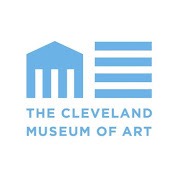
Chrysanthemums and Cabbage
c. 1486 or before
Tao Cheng
Tao Cheng (Chinese, active c. 1471–after 1502)
Chinese Art
- Maker/Artist
- Tao Cheng
- Classification
- Painting
- Formatted Medium
- handscroll, ink and slight color on paper
- Medium
- handscroll, Ink, slight color on paper
- Locations
- country: China
- Period
- Ming Dynasty
- Departments
- Chinese Art
- Accession Number
- 1960.40
- Credit Line
- Anonymous Gift
- Rights Statement
- cc0
Have a concern, a correction, or something to add?












